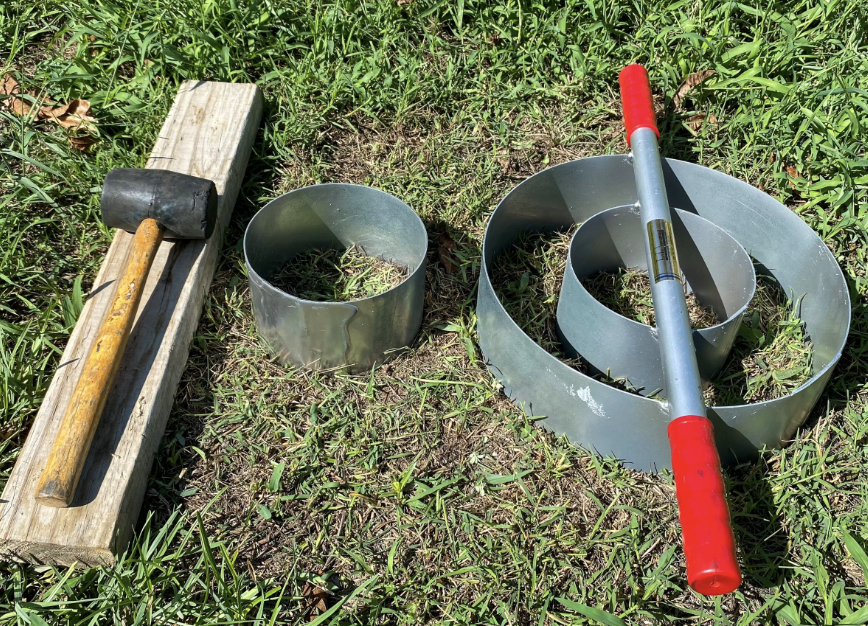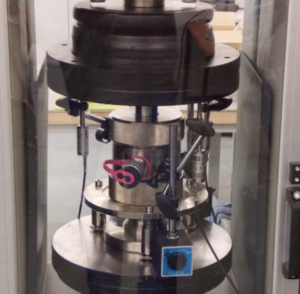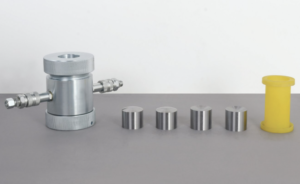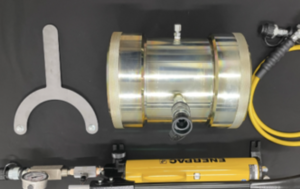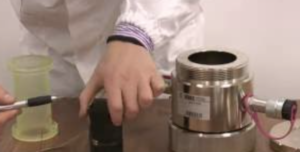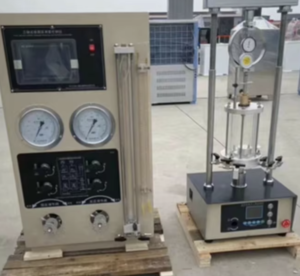What Is a Double Ring Infiltrometer? Complete Guide for Soil Infiltration Testing
I still remember the first time I watched water slowly disappear into the soil during a field test—it looked simple, but there was so much going on beneath the surface. That’s when I really started to appreciate the double ring infiltrometer.
A double ring infiltrometer is a field device used to measure how quickly water enters the soil. By isolating vertical infiltration, it gives researchers and engineers a reliable way to calculate infiltration rates for hydrological, agricultural, and geotechnical studies.
If you’re wondering how it works and why it’s so widely used, this guide will walk you through it all.
How Does a Double Ring Infiltrometer Work?
At first glance, it might just look like two metal rings in the dirt—but this clever design does more than meets the eye.
A double ring infiltrometer1 consists of two concentric metal rings placed into the ground. Water is poured into both rings, but only the inner ring is measured. The outer ring minimizes lateral flow, ensuring more accurate vertical infiltration data2.

How It Works Step-by-Step:
- Insert Rings: Hammer the inner and outer rings a few inches into the soil.
- Fill Both Rings: Add water simultaneously to maintain equal levels.
- Measure Drop: Track the water level drop3 in the inner ring over time.
- Calculate Rate: Use changes in depth to determine infiltration rate4 (mm/hr or cm/hr).
| Component | Function |
|---|---|
| Outer ring | Reduces lateral water movement |
| Inner ring | Main area for infiltration measurement |
| Float gauge/tube | Tracks water depth change over time |
| Stopwatch | Used for timed readings |
By minimizing edge effects and surface disturbance, the double ring method gives you cleaner data—even in tough field conditions.
What Is the Purpose of Infiltration Testing?
Infiltration may sound boring—but it’s at the heart of how water moves through our environment. And if you’re designing systems or managing land, you need to understand it.
The purpose of infiltration testing5 is to determine how much and how fast water can soak into the soil. This data supports everything from stormwater system design6 to irrigation planning and groundwater studies.
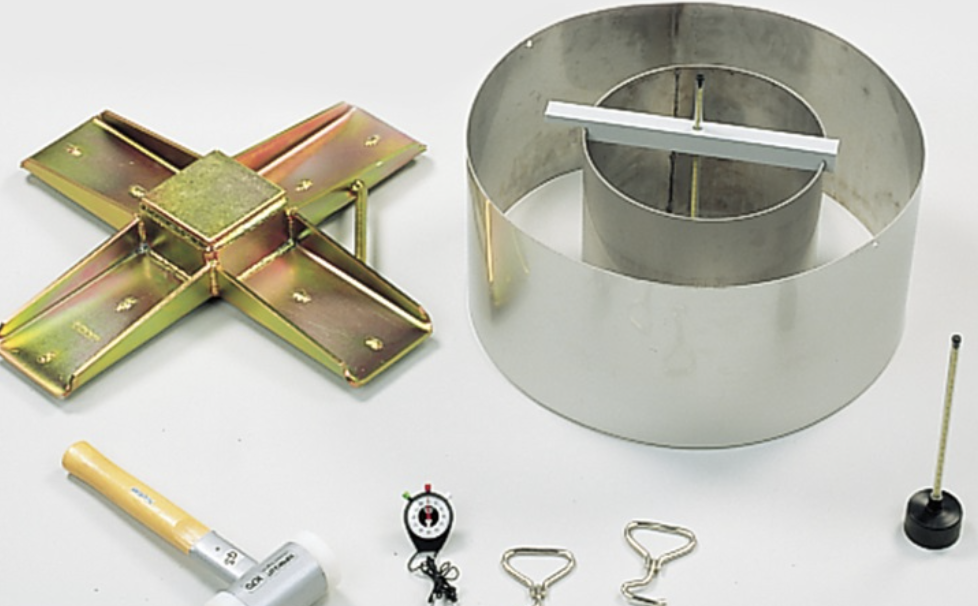
Common Reasons for Infiltration Testing:
- Drainage Design: Designing soakaways, French drains, retention basins
- Agriculture: Planning irrigation frequency and volume
- Urban Development: Evaluating runoff and permeable surfaces
- Erosion Control: Identifying high-risk zones
| Sector | Why Infiltration Data Matters |
|---|---|
| Civil Engineering | Ensures proper stormwater infrastructure |
| Agriculture | Prevents water stress or overwatering |
| Environmental Science | Supports groundwater recharge modeling |
The better you understand infiltration, the more effectively you can work with—not against—natural systems.
When Should You Use a Double Ring Infiltrometer?
This tool isn’t for every situation, but when you’re outdoors with natural soils, it’s a solid choice.
Use a double ring infiltrometer when you need to assess in-situ infiltration rates under relatively undisturbed conditions. It’s best suited for field applications where vertical water movement is the focus.
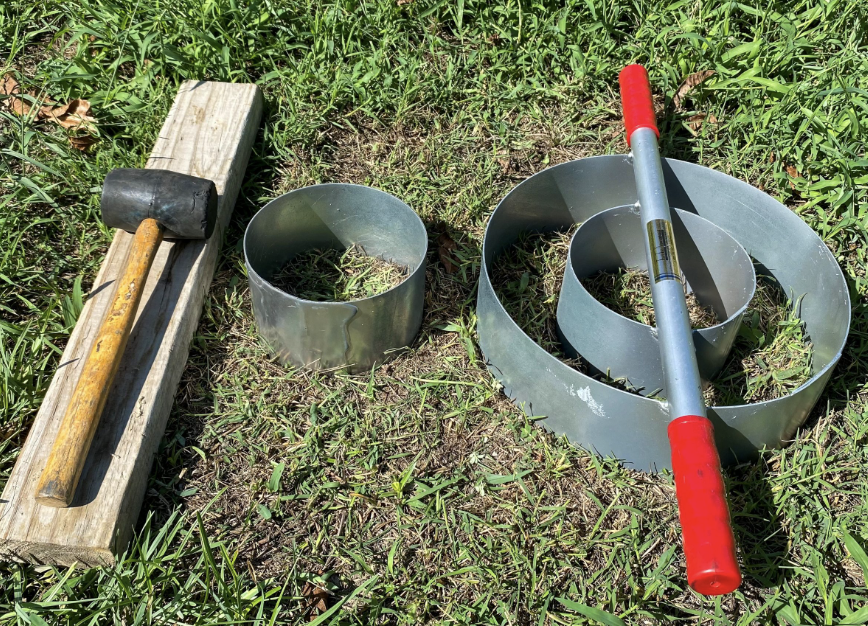
Ideal Use Scenarios:
- Before Construction: Checking soil drainage for building foundations or roadbeds
- Landscape Planning: Designing rain gardens or green roofs
- Soil Research: Studying infiltration variation across land types
- Environmental Monitoring: Evaluating changes in infiltration over time
| Situation | Is Double Ring Suitable? |
|---|---|
| Lab soil testing | ❌ Prefer constant head permeameter |
| Urban field site with soil | ✅ Yes, commonly used |
| Rocky or compacted surfaces | ⚠️ Difficult, but possible with prep |
| Short-term surface runoff test | ❌ Better with rainfall simulators |
Basically, if you’re working with natural soils and want practical, real-world data—this is the tool.
Key Factors That Affect Infiltration Results
Here’s something I’ve learned: no two tests ever behave the same, even in the same field. That’s because infiltration is influenced by a long list of variables.
Soil texture7, compaction, moisture content, vegetation, and even temperature can all impact infiltration test results8. Controlling what you can—and noting what you can’t—is key to accuracy.

Major Influencing Factors:
- Soil Type: Sandy soils infiltrate faster; clay is slower.
- Initial Moisture: Dry soils absorb more quickly—at first.
- Surface Vegetation: Roots can increase porosity, but also slow water entry.
- Temperature: Affects water viscosity and infiltration rate.
| Factor | Effect on Infiltration Rate |
|---|---|
| Sandy soil | High rate, less water retention |
| Clay-rich soil | Low rate, more runoff potential |
| Compacted surface | Reduced infiltration, especially after rain |
| Organic matter | Improves infiltration and retention |
Take notes on site conditions. That context is just as important as the numbers you measure.
Conclusion
A double ring infiltrometer is more than a metal tool—it’s a window into how soil interacts with water. Whether you’re designing a drainage system or protecting farmland from erosion, understanding infiltration helps you make smarter, more sustainable decisions. And when you want reliable field data, this humble setup delivers.
-
Understanding the double ring infiltrometer can enhance your knowledge of soil infiltration methods and their applications. ↩
-
Exploring vertical infiltration data will provide insights into soil health and water management practices. ↩
-
Measuring water level drop is essential for accurate infiltration assessments. Discover detailed methods and insights here. ↩
-
Understanding infiltration rate is crucial for effective water management and soil health. Explore this link to learn more. ↩
-
Understanding infiltration testing is crucial for effective water management and environmental design. ↩
-
Exploring stormwater system design can enhance your knowledge of sustainable land management and water resource planning. ↩
-
Exploring the relationship between soil texture and water infiltration can help improve agricultural practices and land management. ↩
-
Understanding the factors affecting infiltration test results can enhance your testing accuracy and soil management practices. ↩

